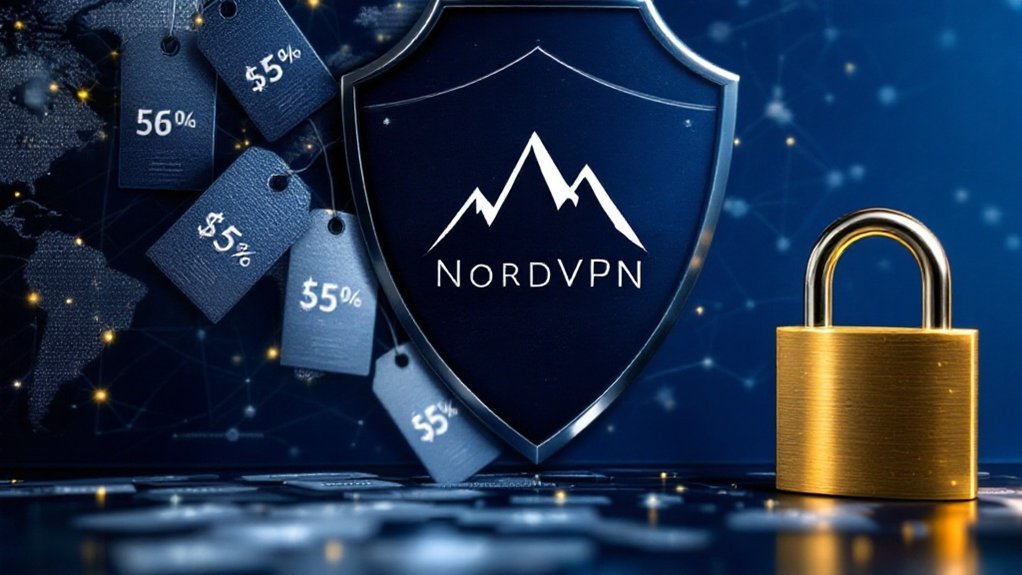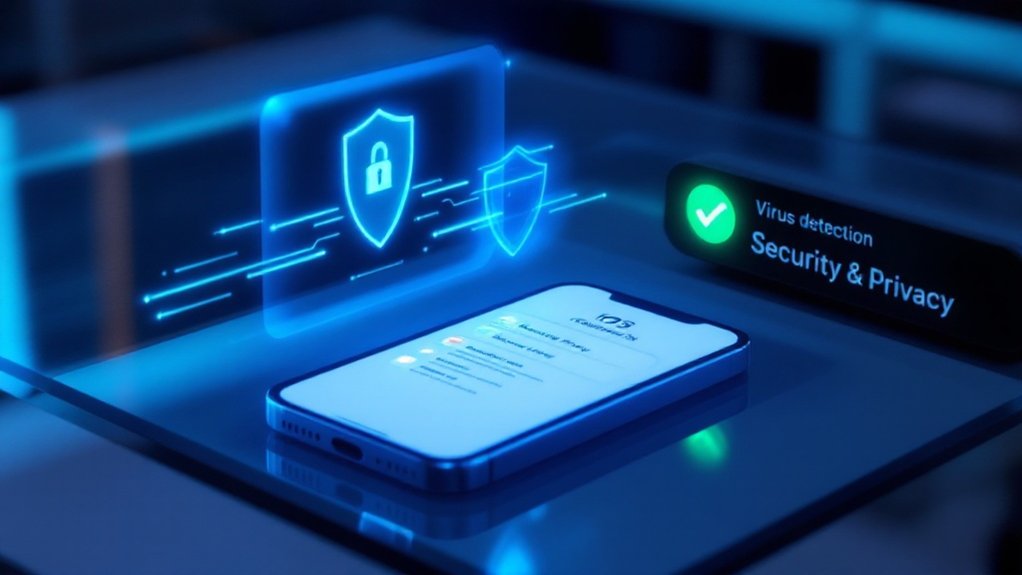Pegasus spyware is an advanced cyber surveillance tool created by NSO Group that covertly infiltrates mobile devices through zero-click exploits and phishing attacks. Once installed, it gains complete control over the target device, enabling real-time monitoring of calls, messages, and location data as well as allowing remote activation of cameras and microphones. The controversial software, first identified in 2016, has been documented targeting journalists, activists, and political figures worldwide, raising significant concerns about privacy rights and democratic freedoms. Understanding its sophisticated methods reveals the evolving nature of digital surveillance threats.

Pegasus, a sophisticated cyber surveillance tool developed by Israeli technology firm NSO Group, represents one of the most advanced and controversial spyware systems in existence. This powerful software is designed to covertly infiltrate mobile devices running iOS and Android operating systems, providing thorough surveillance capabilities to its government agency clients.
Through various infection methods, including zero-click exploits and phishing attacks, Pegasus can gain unauthorized access to targeted devices without requiring any user interaction. The software can even exploit devices through hidden message attacks, which are later deleted to avoid detection.
Once successfully deployed, Pegasus establishes complete control over the infected device, allowing real-time monitoring of calls, messages, and location data. The spyware achieves this by utilizing advanced rooting or jailbreaking techniques to gain system-level access, permitting it to bypass standard security measures and encryption protocols.
Its sophisticated architecture facilitates remote activation of cameras and microphones, as well as implementing keylogging functionality to capture sensitive information such as passwords and personal communications. Users concerned about such threats can leverage 24/7 support through Norton’s global assistance for immediate help with security issues.
The evolution of Pegasus has been marked by continuous technical advancement since its initial identification in 2016. The software has shifted from traditional spear-phishing tactics to more sophisticated zero-click exploits, particularly targeting vulnerabilities in popular messaging platforms and operating systems. Maintaining up-to-date software is crucial for protecting against such evolving threats.
This evolution has made the spyware increasingly difficult to detect and counter, as it employs multiple layers of concealment techniques and self-destruction capabilities to eliminate evidence of its presence.
The deployment of Pegasus has sparked significant international controversy because of its documented use against journalists, human rights activists, and political figures worldwide.
These incidents have led to numerous legal challenges against NSO Group and intensified debates regarding the regulation of cyber surveillance tools. Although the company maintains that it sells exclusively to government agencies for legitimate law enforcement and counter-terrorism purposes, the spyware’s documented use against civil society targets has raised serious concerns about privacy rights and democratic freedoms.
Prevention measures include regular software updates, careful scrutiny of unexpected messages, and the use of specialized detection tools developed by cybersecurity organizations.
Frequently Asked Questions
Can Pegasus Spyware Be Detected by Regular Antivirus Software?
Regular antivirus software cannot effectively detect Pegasus spyware because of its sophisticated evasion techniques and zero-day exploit capabilities.
The spyware employs advanced encryption, code obfuscation, and self-destruction mechanisms that render traditional security solutions ineffective.
Currently, only specialized tools like Amnesty International’s Mobile Verification Toolkit (MVT) and certain forensic methods developed by Kaspersky Labs can reliably identify Pegasus infections on targeted devices.
How Much Does It Cost to Purchase Pegasus Spyware?
Pegasus spyware’s costs vary considerably based on scale and implementation.
The base installation fee starts at $500,000, with monitoring costs ranging from $650,000 for a single target to $7-20 million annually for 50-100 smartphones.
Additional targets incur incremental fees: $800,000 for 100 targets, $500,000 for 50 targets, and $150,000 for 10 targets.
A 17% annual maintenance fee applies to the total purchase price.
Which Countries Currently Use Pegasus for Surveillance Operations?
According to investigative reports, approximately 40 countries currently operate Pegasus surveillance technology.
Key users include European nations like Germany, Estonia, and Hungary; Middle Eastern states such as Israel, UAE, and Saudi Arabia; and several African countries including Morocco, Uganda, and Togo.
Latin American deployment is confirmed in Mexico and El Salvador, whereas multiple Southeast Asian governments maintain active Pegasus operations, though specific details remain classified.
Are There Any Legal Consequences for Using Pegasus Spyware?
Legal consequences for Pegasus spyware usage include government blacklisting, lawsuits, and financial penalties.
The US Commerce Department blacklisted NSO Group in 2021, whereas Apple and WhatsApp filed major lawsuits against the company.
The European Parliament established an inquiry committee to examine compliance with EU law, and several countries launched parliamentary probes into misuse.
Individual victims have additionally pursued civil litigation, including a Thai class action seeking 2.5 million Baht in damages.
Can a Device Infected With Pegasus Be Completely Cleaned and Secured?
Complete removal of Pegasus spyware remains challenging because of its sophisticated self-concealment capabilities.
Although factory resets and security tools can eliminate some traces, security experts indicate there is no guaranteed method for total removal.
Best practices include device restoration, thorough security updates, credential changes, and manual app reinstallation.
Nonetheless, zero-click vulnerabilities and evolving infection methods mean previously infected devices may remain susceptible to future attacks.









